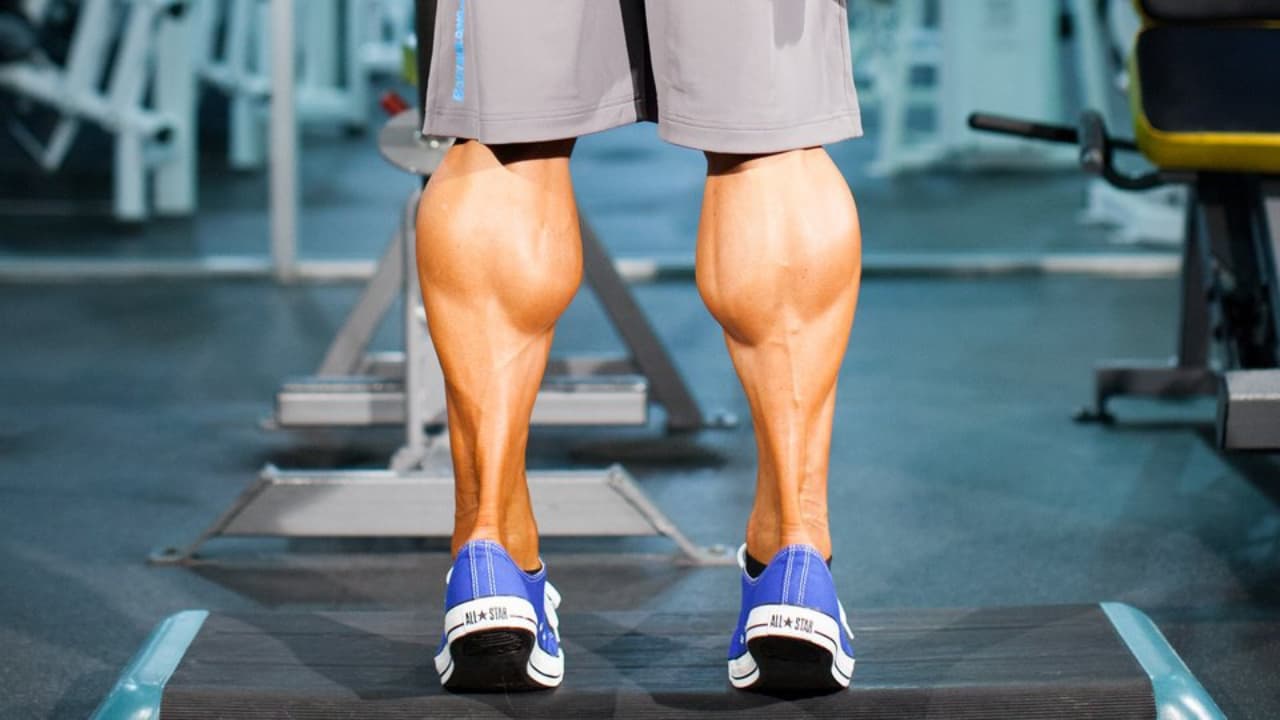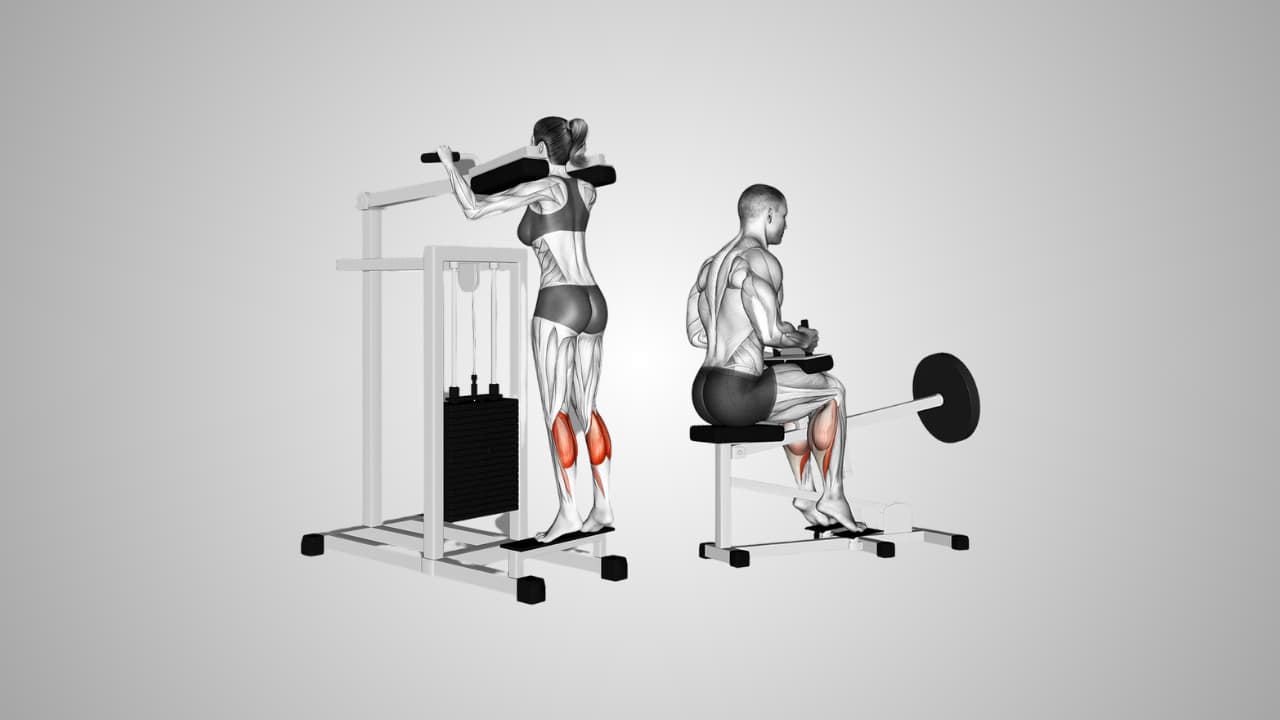Read: Which Is Better For Bigger Calves, Seated or Standing Calf Raises? seated vs standing calf raises
For so many guys calves have to be one of the most frustrating muscles to grow! They are easily forgotten or just trained ‘half-assed’ thanks to the lack of noticeable gains. However, the calves need some extra special attention, or more like a brutal beating actually…
Two of the more common movements to build some real meaty calves are the seated and standing calf raises. Two very different moves with the same goal: to pack on serious muscle size! however, each has their very own unique functions regarding where exactly the stress is focused. Let’s take a closer look at these two classic exercises and see which will boost your gains faster.
Standing Calf Raise
The standing calf raise is an exercise that can actually be performed on many pieces of equipment and don’t have to actually be ‘standing’. The most important factor to consider is knee angle. Whether done on a standing calf machine, leg press, squat machine or Smith machine a ‘straight leg position’ is crucial.
Fix your shoulders under the pads or bar and your feet pointing straight on the calf block. Keep the slightest of bends in your knees during the entire action without flexing your legs. If you have trouble keeping your legs rigid, lock your knees and flex your quads. Lower your heels until you feel a deep stretch and pause for a count. Reverse the action and flex your calves all the way up pushing with the balls of your feet until you are contracted to the max and flex at the top for a count.
Pros: The overwhelming advantage of a straight leg calf raise is the amount of stress it places on the gastrocnemius muscle – the muscle that lies on the outside back of the calf and gives you that upside-down heart shape. The main concern to significantly overload this area is to keep the knees straight without distributing the stress to the soleus muscle located underneath. Training the gastrocnemius this way will give your calves thickness from the side and inside width.
Cons: Bouncing is the most noticeable practice for those training calves in general. Loading too much weight and half squatting up using your knees in hopes of overloading the calves with massive amounts of weight will get you nowhere fast. You will become frustrated and relegate your calves to the big excuse in the sky: genetics. Also, the straight leg version does very little for the all-important soleus muscle.

Seated Calf Raise
The seated version of the calf raise takes on a whole new meaning when it comes to what it stresses the most. As it mainly works the soleus muscle (located underneath the gastrocnemius and running along the length of the entire calf inserting to the Achilles tendon) it is best performed with at least a 90 degree angle at the knee.
Sit on a seated calf machine with the pads over your thighs and a 90 degree angle or a little less at your knees. Lower the weight slowly (not rapidly) until you are at full extension. Pause for a moment to prevent any recoil action of the calf muscle. Slowly raise the weight by using the balls of your feet (not your toes) all the way up to contraction and squeeze for a count.
Pros: As the only exercise to position your knees to effectively work your soleus muscle, the seated calf raise will stress the thick muscle under the gastrocnemius and give your calf width toward the outside of your lower leg. Unknown to many, the soleus makes up a massive portion of the calf area and if developed properly will add to the overall size and shape. The straight leg, standing version is less effective at developing the soleus.
Cons: As predicted, the seated version is not a great activator for the gastrocnemius muscle. Mostly for the soleus, the angle of the knee dictates where the stress will go. Of course, as with any calf exercise, bouncing and using too much weight are norms which will prevent gains and increase injury. Perform any calf movement with control and a full range of motion.
The Verdict
Since these two exercise variations work different parts and the full calf muscle, with overall development as your goal, including both in your routine is the most ideal choice. Winners in their own right, either performing both versions at each training session or alternating angles every workout is the best strategy for bigger, stronger calves.
Also, try using different pieces of training equipment for variations for your calf raises to keep things interesting. These can include movements such as the leg press, Smith machine, one-legged dumbbell raises and dumbbell seated raises.
We hope you learned the differences of standing vs seated calf raises for ‘which is better to build and grow muscle’. If you have any questions or need some calf workout tips, leave a comment below!


